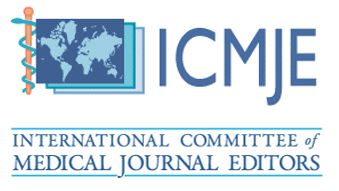Robotic Applications in Orthodontics: Overview of Existing Research
Sachin Philip1*, Kajal1, Varun Goyal1, Gurkeerat Singh1, Sridhar Kannan1, Raj Kumar Singh1, Ankit Chaudari1 and Triparna Kapoor1
1 Sudha Rustagi College of Dental Sciences & Research, Faridabad, Haryana, India.
*Corresponding Author: Sachin Philip, Sudha Rustagi College of Dental Sciences & Research, Faridabad, Haryana, India.
DOI: https://doi.org/10.58624/SVOADE.2023.04.0161
Received: October 16, 2023 Published: December 08, 2023
Abstract
Malocclusion is the world's third most common oral ailment. The fixed orthodontic procedure is now the most successful treatment strategy for malocclusion. Archwire bending is an important part of orthodontic therapy. However, because to the great stiffness and exceptional flexibility of orthodontic wire, it is a very difficult task. The old method of obtaining the created archwire curve is dependent on manual operation, which would bring various errors induced by human causes. Customised archwires are required in clinics for lingual orthodontics treatment. Previously, only expert orthodontists could physically bend these archwires. This is a pattern demands specialised skill training, precision, and extensive chairside time, but cannot guarantee the accuracy of appliances. So, what are the most recent developments?
Keywords: Robotics, Artificial Intelligence, Orthodontics, Archwiring
Citation: Philip S, Kajal, Goyal V, Singh G, Kannan S, Singh RK, Chaudari A, Kapoor T. Robotic Applications in Orthodontics: Overview of Existing Research. SVOA Dentistry 2023, 4:6, 273-275.











